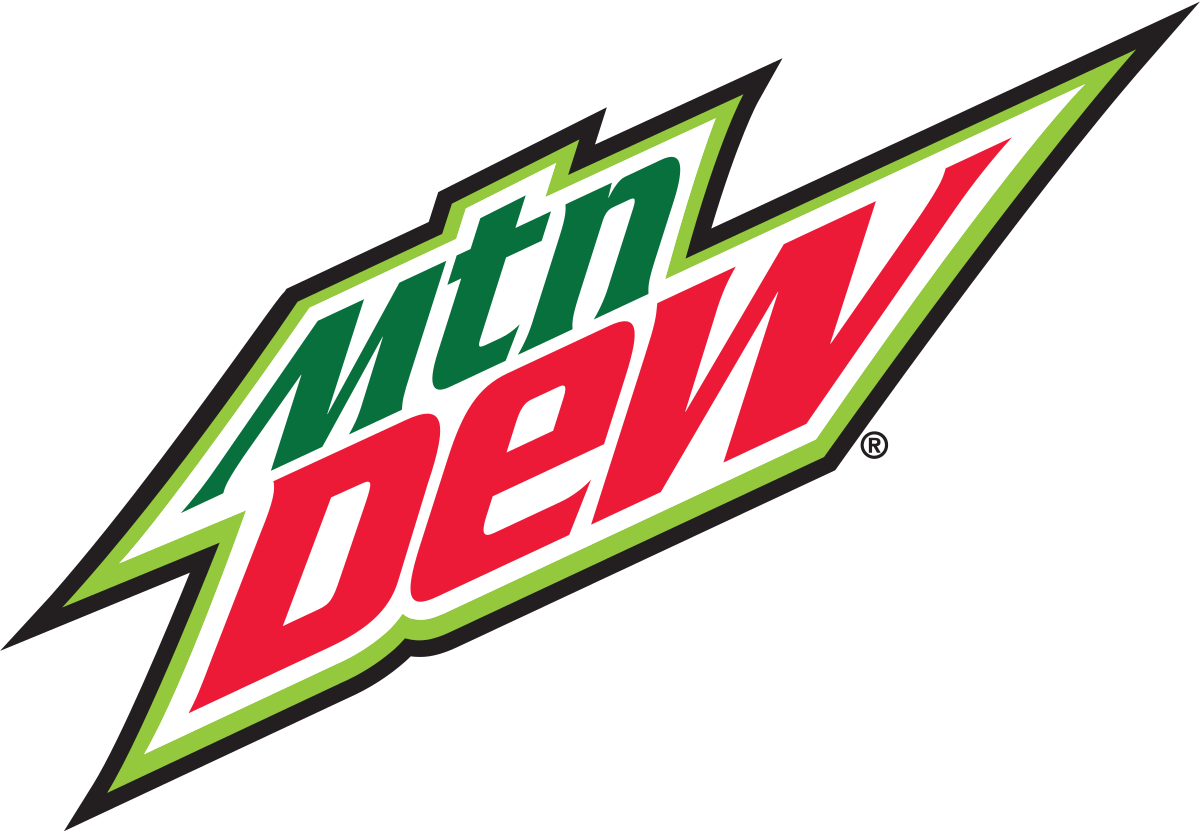How Do You Read Hostess Age Codes
Pre-Code Hollywood CHAPTER ONE Pre-Code Hollywood Sex, Immorality, and Insurrection in American Cinema, 1930-1934 By THOMAS DOHERTY Columbia University Press On the Cusp of Classical Hollywood Cinema On or about July 1934 American cinema changed. During that month, the Production Code Administration, popularly known as the Hays Office, began to regulate, systematically and scrupulously, the content of Hollywood motion pictures. For the next thirty years, cinematic space was a patrolled landscape with secure perimeters and well-defined borders. Adopted under duress at the urging of priests and politicians, Hollywood's in-house policy of self-censorship set the boundaries for what could be seen, heard, even implied on screen.

How Do You Read Hostess Age Codes

How To Read Hostess Expiration Codes
When I read the label and saw all of the preservatives in it, I decided to buy Greek yogurt and make it myself. This isnt true.each company has different codes.and the only thing you;re doing. How did WWII propaganda broadcaster Tokyo Rose get info on Allied ship movements? How did the Japanese get this info? Was their electronic intelligence that good? Could they read our codes? Were there a lot of turncoats and spies in our midst? Or did we just leak info like idiots? STAFF REPORTS ARE WRITTEN BY THE STRAIGHT DOPE SCIENCE.
Not until the mid-1950s did cracks appear in the structure and not until 1968, when the motion picture industry adopted its alphabet ratings system, did the Code edifice finally come crumbling down. Hollywood's vaunted 'golden age' began with the Code and ended with its demise. An artistic flowering of incalculable cultural impact, Hollywood under the Code bequeathed the great generative legacy for screens large and small, the visual storehouse that still propels waves of images washing across a channel-surfing planet. The synergistic spread of American entertainment, the whole global kaleidoscope of films, television, video games, computer graphics, and CD-ROMs, draws on the censored heritage for archival material, deep backstory, narrative blueprints, and moral ballast.
Whether conventional retread or postmodern pastiche, Hollywood under the Code is the prime host to a long line of moving image parasites. But what of Hollywood 'before the Code' the motion picture record that predates the censorship that polished up the golden age heritage? For four yearsfrom March 31, 1930, when the Motion Picture Producers and Distributors of America formally pledged to abide by the Production Code, until July 2, 1934, when the MPPDA empowered the Production Code Administration to enforce itcompliance with the Code was a verbal agreement that, as producer Samuel Goldwyn might have said, wasn't worth the paper it was written on. Relatively and in context, Hollywood was free to roam far and wide, or at least to venture farther out on the frontiers of free expression than would be permitted after the Code, when the range was fenced in and the deputies were on duty.
That four-year interval marks a fascinating and anomalous passage in American motion picture history: the so-called pre-Code era, when censorship was lax and Hollywood made the most of it. Unlike all studio system feature films released after July 1934, pre-Code Hollywood did not adhere to the strict regulations on matters of sex, vice, violence, and moral meaning forced upon the balance of Hollywood cinema. In language and image, implicit meanings and explicit depictions, elliptical allusions and unmistakable references, pre-Code Hollywood cinema points to a road not taken. For four years, the Code commandments were violated with impunity and inventiveness in a series of wildly eccentric films. More unbridled, salacious, subversive, and just plain bizarre than what came afterwards, they look like Hollywood cinema but the moral terrain is so off-kilter they seem imported from a parallel universe. In a sense pre-Code Hollywood is from another universe. It lays bare what Hollywood under the Code did its best to cover up and push off screen.
Locate the code on the product packaging. The codes, which might resemble a number like “2061” or “0195,” are usually stamped on the top or bottom of a can, according to Mealtime.org, a service of the Canned Food Alliance. Look for codes on boxed foods in the same places.